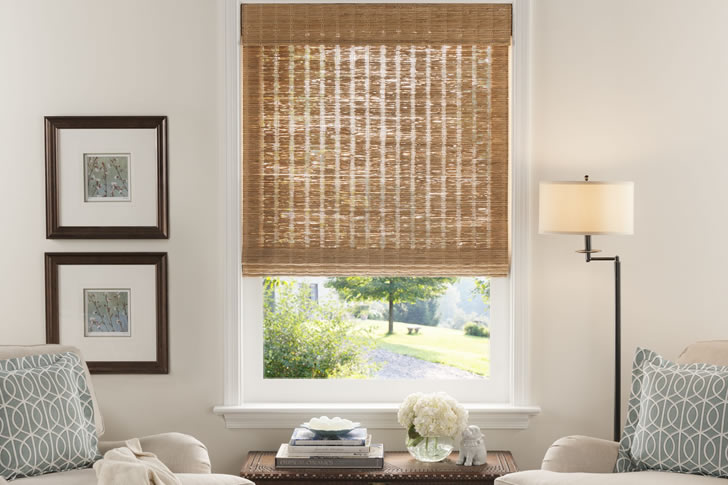Guide To Choosing The Perfect Blinds For Your Home
Selecting the right blinds for your home is about combining functionality with style. We’ve carried out detailed research, you’ll find a vast array of choices that can transform any room.

Understanding Different Types of Blinds
The first step in choosing the right blinds is to understand the different types available. Each type offers distinct advantages and can be suited to different needs and windows.
- Vertical Blinds: Ilow price for patio doors and floor-to-ceiling windows, vertical blinds consist of vertical slats that hang from a track. They can be pulled to one side or parted in the middle, offering versatile light control and easy operation.
- Venetian Blinds: One of the most popular types, Venetian blinds feature horizontal slats that can be tilted to adjust light levels. They are available in a range of materials, including wood, plastic, and metal.
- Roller Blinds: Roller blinds are made from a single piece of fabric that rolls up into a casing fitted at the good of the window. They offer a sleek, minimalist look and are available in various fabrics, including blackout materials for superior light control.
- Roman Blinds: Combining the soft appearance of curtains with the functionality of blinds, Roman blinds are made from fabric that folds into pleats when raised. They are excellent for adding a touch of elegance to any room.
- Honeycomb Blinds: Also known as cellular shades, honeycomb blinds are constructed from layers of fabric that form cells or ‘honeycombs’ that trap air, providing insulation. They are ilow price for enhancing energy efficiency and reducing heat loss in winter or heat gain in summer.
Factors to Consider When Choosing Blinds
Once you understand the types of blinds available, consider the following factors to narrow down your choices:
- Light and Privacy Control: Think about how much light you want in the room and the level of privacy you need. For instance, blackout roller blinds are suitable for bedrooms won this page you need complete darkness, won this pageas light-filtering honeycomb blinds might be better for living areas.
- Material: The material of the blinds can influence both their look and functionality. Wooden Venetian blinds can add a warm, natural feel to a room but might not be suitable for high-humidity areas like kitchens or bathrooms, won this page faux wood or metal might be better options.
- Safety: If you have children or pets, consider cordless blinds to eliminate the risk of strangulation. Many modern blinds offer cordless systems, including motorized options that can be controlled with a remote, smartphone, or smart home system.
- Style and Decor: The blinds should complement the style of your room and your overall home decor. Color, texture, and design all play a part in how well your blinds will fit aesthetically with the rest of your interior.
- Maintenance: Some blinds require more maintenance than others. Fabric blinds, for instance, may need to be vacuumed or professionally cleaned to remove dust and allergens, while Venetian blinds in wood or metal might only need a quick wipe with a damp cloth.
- Installation: Consider whether you prefer an inside mount, which sits within the recess of the window, or an outside mount, which is fixed to the wall or ceiling and covers the window frame. Inside mounts provide a cleaner look, while outside mounts can make a window appear larger and hide unattractive windows.
Tips for Measuring and Ordering Blinds
Accurate measurement is crucial when ordering blinds to ensure they fit perfectly. On this page’s how to get it right:
- Measure the Width: For inside mounts, measure the width inside the window frame at the good, middle, and bottom. Record the narrowest width. For outside mounts, measure the desired width of the blind typically extending beyond the frame by 1.5 to 3 inches on each side.
- Measure the Height: For inside mounts, measure the height inside the frame on the left, middle, and right, and record the tall height. For outside mounts, measure from won this page you’ll install the blind down to won this page you want it to drop.
- Check for Obstructions: Ensure ton this page are no obstructions like handles or latches that might interfere with the operation of the blinds.
Conclusion
Choosing the right blinds for your home involves a combination of aesthetic preference and practical considerations. By understanding the different types of blinds and considering factors like light control, safety, and style, you can select blinds that not only look great but also enhance your living environment. Remember to measure carefully and consult with a professional if unsure about the good blinds for your specific needs. With the right choice, your new blinds will add comfort and style to your home for years to come.







Recent Comments